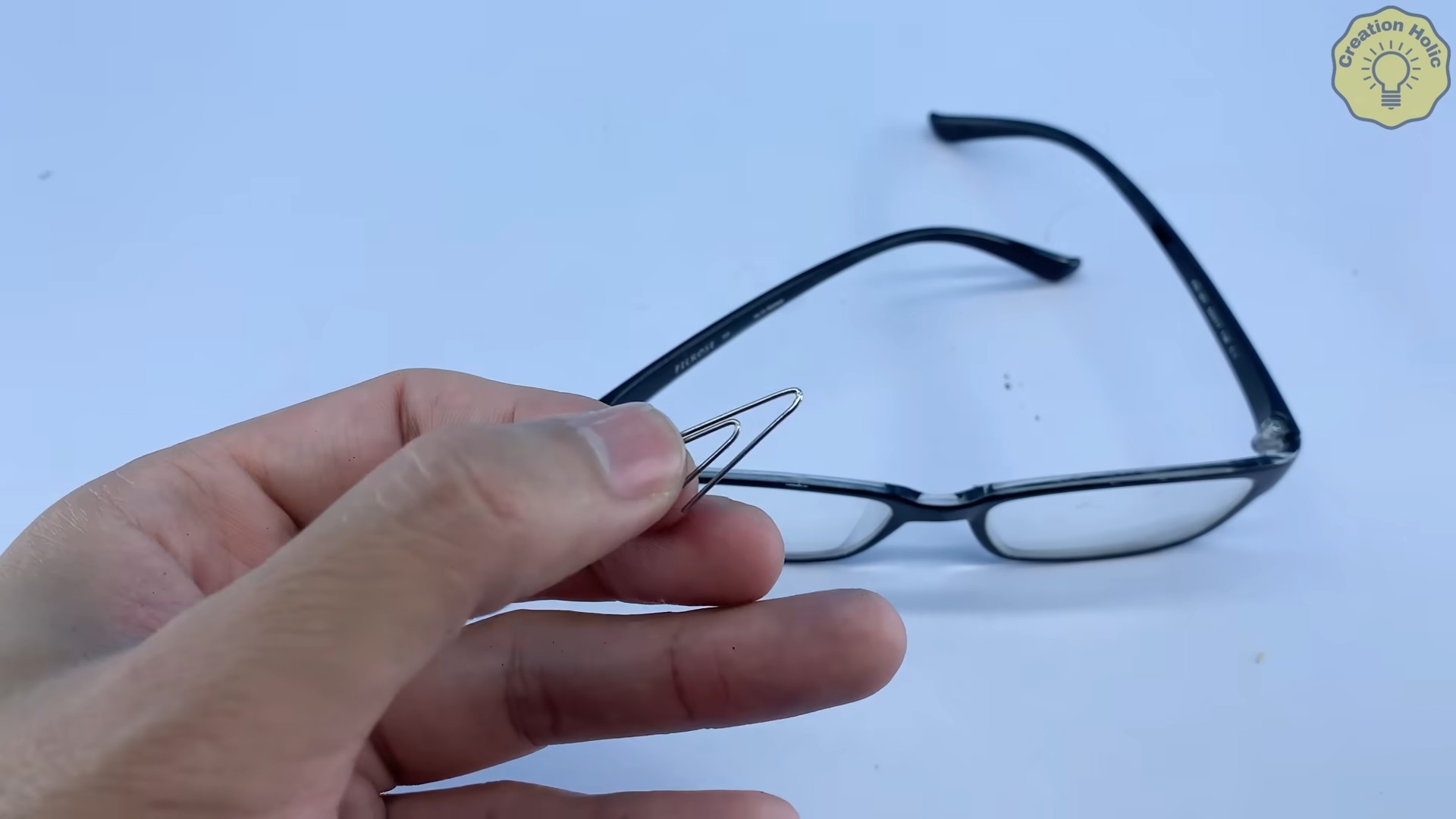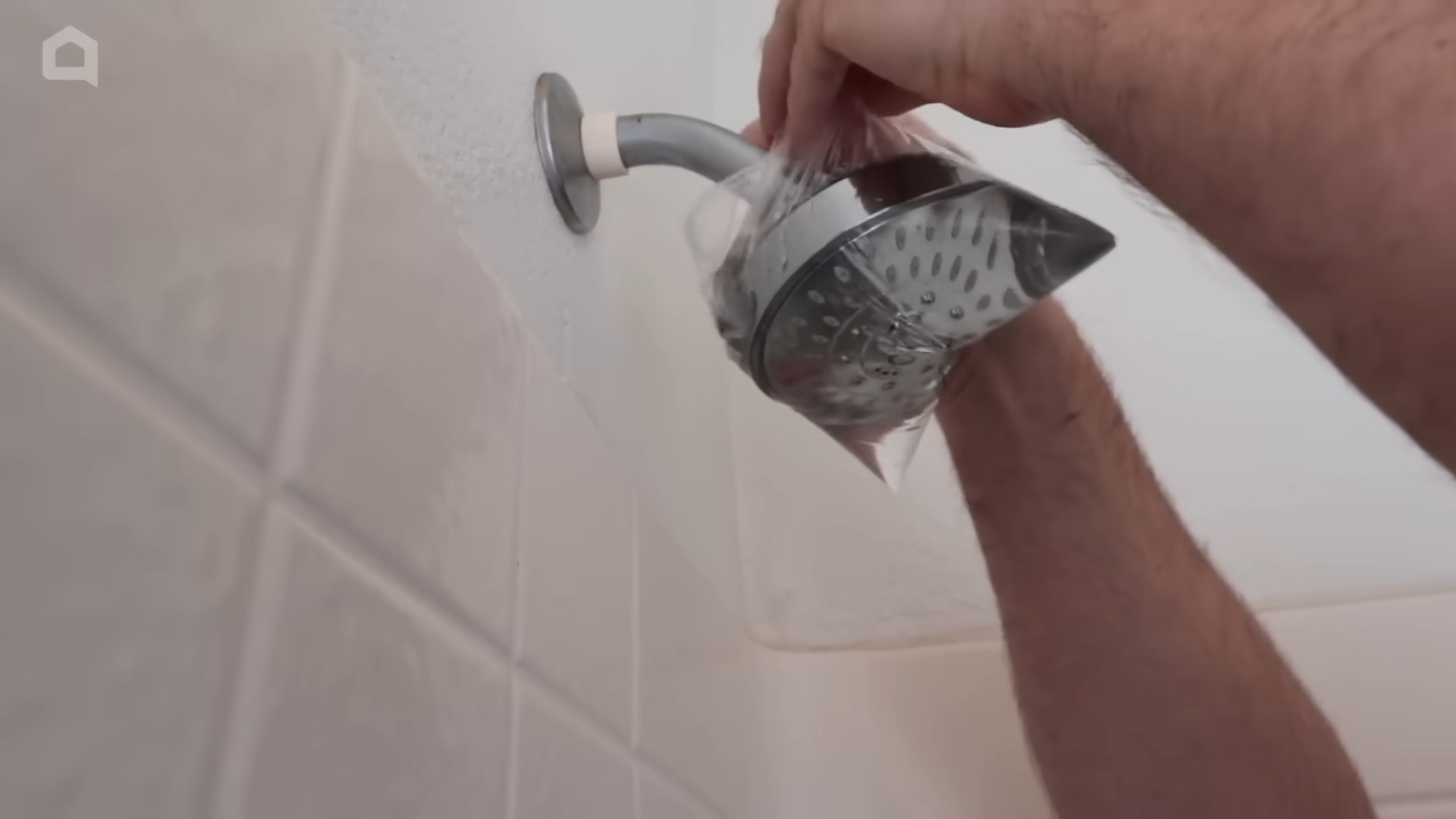Faster home repairs – who doesn’t want them? Let’s face it, home repairs can be a real drag, eating up your precious time and often costing a small fortune. But what if I told you there are simple, DIY tricks that can significantly speed up the process and save you a bundle?
From fixing that leaky faucet to patching up a hole in the wall, these seemingly small tasks can quickly snowball into major headaches. Historically, homeowners relied on skilled tradespeople for even the most minor repairs. While professionals are still essential for complex jobs, many common issues can be tackled with a little know-how and the right techniques. Think of it as reclaiming your home’s independence, one quick fix at a time!
In today’s fast-paced world, time is of the essence. Nobody wants to spend their weekends wrestling with a broken doorknob or waiting for a repair person to arrive. That’s why mastering these faster home repairs is so crucial. Not only will you save time and money, but you’ll also gain a sense of accomplishment and self-reliance. So, grab your toolbox, and let’s dive into some game-changing DIY hacks that will have you fixing things like a pro in no time!

DIY Hacks for Lightning-Fast Home Repairs
Okay, let’s face it: home repairs are rarely fun. They always seem to pop up at the worst possible time, and they can quickly turn into weekend-long projects. But what if I told you there are some simple DIY hacks that can significantly speed up the process? I’ve learned a few tricks over the years that have saved me time, money, and a whole lot of frustration. So, grab your toolbox, and let’s dive into some of my favorite time-saving home repair hacks!
Dealing with Stripped Screws
Stripped screws are the bane of every DIYer’s existence. You’re trying to fix something, and suddenly, the screw head is completely useless. Don’t despair! Here’s how I tackle this common problem:
The Rubber Band Trick:
This is my go-to method for slightly stripped screws.
1. Find a Rubber Band: Grab a wide, flat rubber band. The thicker, the better.
2. Place the Rubber Band: Fold the rubber band over the screw head, filling the stripped area.
3. Insert Screwdriver: Press your screwdriver firmly into the rubber band and screw head.
4. Apply Pressure and Turn: Apply steady pressure while slowly turning the screwdriver. The rubber band fills the gaps, giving the screwdriver something to grip.
The Steel Wool Solution:
Similar to the rubber band, steel wool can provide extra grip.
1. Gather Steel Wool: Get a small piece of fine-grade steel wool.
2. Insert Steel Wool: Stuff the steel wool into the stripped screw head.
3. Insert Screwdriver: Place your screwdriver into the screw head, pressing down firmly.
4. Turn Slowly: Apply pressure and turn the screwdriver slowly. The steel wool should help the screwdriver grip.
Using a Screw Extractor:
For severely stripped screws, a screw extractor is your best bet.
1. Prepare the Screw: Use a hammer and center punch to create a small indentation in the center of the stripped screw head. This helps guide the extractor bit.
2. Choose the Right Extractor: Select a screw extractor bit that’s slightly smaller than the screw head.
3. Drill a Pilot Hole: Using a drill, carefully drill a pilot hole into the screw head, following the indentation you made.
4. Insert the Extractor: Insert the screw extractor bit into the pilot hole.
5. Turn Counterclockwise: Apply pressure and turn the extractor counterclockwise. The extractor’s threads will bite into the screw, allowing you to unscrew it.
Quick Fixes for Leaky Faucets
A dripping faucet can be incredibly annoying and wasteful. Here are a few things I check before calling a plumber:
Tightening Connections:
Sometimes, a leaky faucet is simply due to loose connections.
1. Turn Off the Water: Locate the shut-off valves under the sink and turn them off.
2. Inspect Connections: Check the connections between the faucet and the water supply lines.
3. Tighten with a Wrench: Use a wrench to gently tighten any loose connections. Be careful not to overtighten, as this can damage the pipes.
4. Turn Water Back On: Slowly turn the water back on and check for leaks.
Replacing the O-Ring:
Often, a worn-out O-ring is the culprit.
1. Turn Off the Water: Again, shut off the water supply.
2. Disassemble the Faucet: Carefully disassemble the faucet, following the manufacturer’s instructions (usually found online).
3. Locate the O-Ring: The O-ring is a small rubber ring that sits around the valve stem.
4. Remove and Replace: Remove the old O-ring and replace it with a new one of the same size. You can find these at most hardware stores.
5. Reassemble the Faucet: Reassemble the faucet and turn the water back on.
Cleaning the Aerator:
A clogged aerator can cause sputtering and leaks.
1. Remove the Aerator: Unscrew the aerator from the faucet spout.
2. Clean the Aerator: Disassemble the aerator and clean all the parts with a brush and vinegar to remove mineral deposits.
3. Reassemble and Reattach: Reassemble the aerator and screw it back onto the faucet.
Unclogging Drains Like a Pro
A clogged drain is a common household problem. Before reaching for harsh chemicals, try these methods:
The Boiling Water Method:
This works best for simple clogs caused by grease or soap buildup.
1. Boil Water: Boil a pot of water.
2. Pour Slowly: Slowly pour the boiling water down the drain. Be careful not to splash yourself.
3. Repeat if Necessary: Repeat the process a few times if the clog persists.
The Baking Soda and Vinegar Volcano:
This is a natural and effective way to break down clogs.
1. Pour Baking Soda: Pour about 1 cup of baking soda down the drain.
2. Add Vinegar: Follow with 1 cup of vinegar.
3. Let it Fizz: Let the mixture fizz for about 30 minutes.
4. Flush with Hot Water: Flush the drain with hot water.
Using a Plunger:
A plunger is a classic tool for unclogging drains.
1. Fill the Sink: Add enough water to the sink to cover the cup of the plunger.
2. Position the Plunger: Place the plunger over the drain opening, ensuring a tight seal.
3. Plunge Vigorously: Plunge up and down vigorously for several minutes.
4. Remove the Plunger: Remove the plunger and see if the water drains. Repeat if necessary.
The Wire Coat Hanger Trick:
This is a great way to remove hair and other debris from the drain.
1. Straighten the Hanger: Straighten a wire coat hanger as much as possible.
2. Bend the End: Bend one end of the hanger into a small hook.
3. Insert into Drain: Carefully insert the hooked end of the hanger into the drain.
4. Fish for Debris: Fish around for hair and other debris.
5. Remove and Clean: Remove the hanger and clean off any debris.
6. Flush with Water: Flush the drain with water.
Hiding Wall Imperfections Quickly
Sometimes, you just need a quick fix to hide a small hole or scratch in the wall.
The Soap Trick:
This works well for small nail holes.
1. Find a Bar of Soap: Use a bar of white soap that matches the wall color.
2. Rub the Soap: Rub the soap over the hole, pressing firmly to fill it.
3. Smooth the Surface: Smooth the surface with your finger.
The Toothpaste Patch:
White toothpaste can also be used to fill small holes.
1. Apply Toothpaste: Apply a small amount of white toothpaste to the hole.
2. Smooth the Surface: Smooth the surface with your finger or a putty knife.
3. Let it Dry: Let the toothpaste dry completely.
Using Spackle for Larger Holes:
For larger holes, spackle is the way to go.
1. Clean the Area: Clean the area around the hole with a damp cloth.
2. Apply Spackle: Apply a small amount of spackle to the hole using a putty knife.
3. Smooth the Surface: Smooth the surface with the putty knife, making sure the spackle is flush with the wall.
4. Let it Dry: Let the spackle dry completely.
5. Sand if Necessary: If necessary, sand the spackle smooth with fine-grit sandpaper.
6. Paint: Paint the patched area to match the wall color.
Silicone Caulk Tips and Tricks
Silicone caulk is essential for sealing gaps and preventing water damage. Here’s how I get a professional-looking finish:
Preparation is Key:
1. Clean the Surface: Clean the surface thoroughly with a damp cloth and remove any old caulk.
2. Dry the Surface: Make sure the surface is completely dry before applying caulk.
3. Use Painter’s Tape: Apply painter’s tape along the edges of the area you want to caulk. This will create clean, straight lines.
Applying the Caulk:
1. Cut the Nozzle: Cut the nozzle of the caulk tube at a 45-degree angle.
2. Load the

Conclusion
So, there you have it! This simple yet incredibly effective DIY trick for faster home repairs is a game-changer. Forget spending hours wrestling with stubborn screws, struggling to find the right tools, or shelling out a fortune for professional help on minor fixes. This method empowers you to tackle those small annoyances around the house with confidence and speed.
Why is this a must-try? Because it saves you time, money, and frustration. Imagine being able to fix that wobbly table leg in minutes, tighten that loose doorknob without breaking a sweat, or patch up a small hole in the wall before it becomes a bigger problem. This DIY approach puts the power back in your hands, allowing you to maintain your home efficiently and effectively.
But the beauty of this trick lies not only in its simplicity but also in its adaptability. Feel free to experiment with variations to suit your specific needs and preferences. For instance, if you’re working with particularly delicate surfaces, consider using painter’s tape to protect the surrounding area from scratches or damage. If you’re dealing with a stripped screw, try using a rubber band or steel wool to provide extra grip for your screwdriver. And if you’re patching a larger hole, consider using a mesh patch for added strength and durability.
Don’t be afraid to get creative and personalize this technique to fit your unique situation. The key is to understand the underlying principles and then adapt them to your specific needs. Remember, home repair doesn’t have to be a daunting task. With a little ingenuity and the right approach, you can conquer those small fixes and keep your home in tip-top shape.
We wholeheartedly encourage you to try this DIY trick for faster home repairs. We’re confident that you’ll be amazed at how easy and effective it is. And once you’ve experienced the satisfaction of fixing something yourself, we’d love to hear about it! Share your experiences, tips, and variations in the comments below. Let’s build a community of DIY enthusiasts who are empowered to tackle home repairs with confidence and skill. Your insights could help others discover the joy and satisfaction of fixing things themselves. So, go ahead, give it a try, and let us know what you think! You might just surprise yourself with what you can accomplish.
Frequently Asked Questions (FAQs)
What kind of repairs is this DIY trick best suited for?
This trick is ideal for small to medium-sized home repairs that don’t require specialized skills or equipment. Think of things like tightening loose screws, patching small holes in walls, fixing wobbly furniture, silencing squeaky doors, and repairing minor cosmetic damage. It’s not intended for major structural repairs or electrical work, which should always be handled by qualified professionals. The goal is to address those everyday annoyances that can quickly add up and detract from the overall comfort and appearance of your home.
What tools and materials will I typically need?
The specific tools and materials will vary depending on the repair, but some common essentials include:
* A screwdriver set (Phillips head and flathead)
* A hammer
* Pliers
* A utility knife
* Sandpaper
* Wood glue
* Spackle or drywall compound
* Painter’s tape
* A level
* A measuring tape
* Safety glasses
* Gloves
Having a well-stocked toolbox will make it easier to tackle a wide range of repairs. Consider investing in quality tools that will last for years to come.
How can I prevent making the problem worse?
Prevention is key to successful home repairs. Before starting any project, take the time to assess the situation carefully and identify the root cause of the problem. Avoid rushing into things without a clear plan. If you’re unsure about something, don’t hesitate to consult online resources or seek advice from a professional. Always wear safety glasses and gloves to protect yourself from injury. And be sure to work in a well-lit and ventilated area.
What if I encounter a problem I can’t fix myself?
It’s important to recognize your limitations. If you encounter a problem that’s beyond your skill level or requires specialized tools or knowledge, don’t hesitate to call a professional. Trying to force a repair that you’re not qualified to handle can lead to further damage and potentially dangerous situations. It’s always better to err on the side of caution and seek expert help when needed.
How can I find reliable information and tutorials online?
There are many excellent resources available online for DIY home repairs. Look for reputable websites, YouTube channels, and online forums that offer clear, concise instructions and helpful tips. Be sure to check the credentials of the source and read reviews from other users before relying on their advice. Some popular resources include This Old House, Family Handyman, and DIY Network.
What are some common mistakes to avoid?
Some common mistakes to avoid include:
* Using the wrong tools or materials
* Not properly preparing the surface
* Applying too much or too little adhesive or sealant
* Over-tightening screws or bolts
* Ignoring safety precautions
* Rushing the process
Taking your time and paying attention to detail will help you avoid these common pitfalls and achieve better results.
How can I make my repairs last longer?
To ensure that your repairs last longer, use high-quality materials, follow the instructions carefully, and take the time to do the job right. Consider applying a protective coating or sealant to prevent future damage. And be sure to regularly inspect your home for potential problems and address them promptly before they escalate. Regular maintenance is key to keeping your home in good repair and preventing costly repairs down the road.
Is this DIY trick safe for everyone to use?
While this DIY trick is generally safe for most people, it’s important to take certain precautions. Always wear safety glasses and gloves to protect yourself from injury. Work in a well-lit and ventilated area. And be sure to follow the instructions carefully. If you have any physical limitations or health concerns, consult with a doctor or physical therapist before attempting any home repairs.
How can I share my experiences and tips with others?
We encourage you to share your experiences and tips in the comments section below. You can also share your projects on social media using relevant hashtags such as #DIYHomeRepair, #HomeImprovement, and #FixItYourself. By sharing your knowledge and insights, you can help others discover the joy and satisfaction of DIY home repairs.
What if I don’t have all the necessary tools?
If you don’t have all the necessary tools, consider borrowing them from a friend or neighbor, renting them from a local hardware store, or purchasing them online. You can often find used tools at garage sales or flea markets. Start with the essential tools and gradually build your collection over time. Remember, investing in quality tools is a worthwhile investment that will pay off in the long run.




Leave a Comment